At-Home Remedies That Help Treat Exposure to Poison Ivy
Many of us who love the outdoors have, at some point, come face-to-face with those pesky three-leafed plants: poison oak and ivy. Depending on where you live, these plants grow along hiking trails and, sometimes, in your own backyard. Unfortunately, the rash that comes from exposure to these terrors doesn’t show up until days after, meaning you could have exposed yourself several times before realizing it.
While prescriptions can be beneficial in conquering a nasty allergic reaction, for milder cases, there are other things you can do to help increase your comfort; while none of these will heal the rash, they’ll help you feel a bit better while nature takes its course.
Dish soap
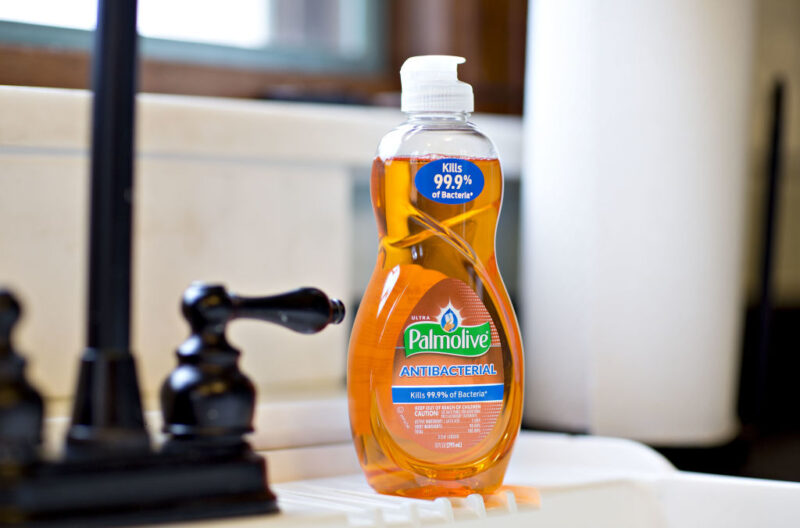
The very first step in helping your poison oak or ivy rash is to prevent it from happening in the first place (we know, hard to do when you don’t know you’ve been exposed). Washing with dish soap will help to eliminate the oil from the leaves that may have touched your skin.
Hydrocortisone cream

Most people will have this anti-itch cream in their first aid kits. Putting it on twice a day once the rash has appeared can help with the irritation. However, it won’t reduce the duration of the rash; you’ll just have to wait until your skin heals.
Banana peel
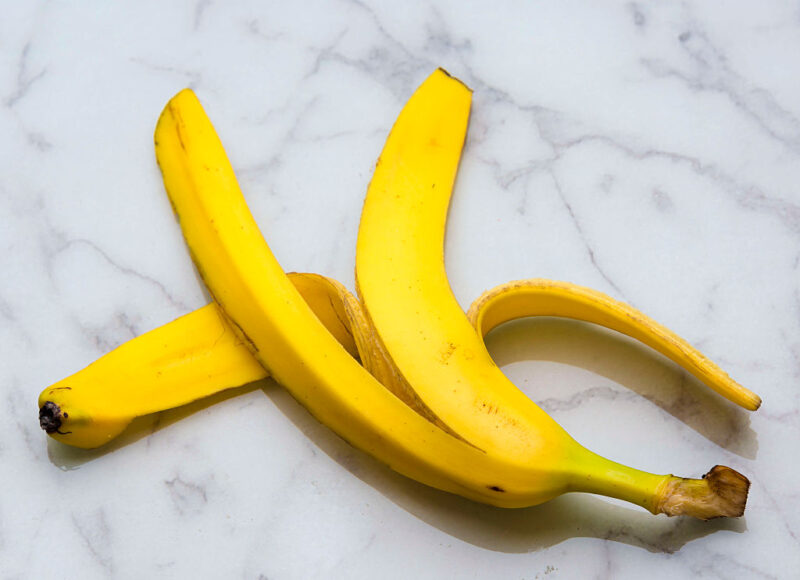
Did you know banana peels have a natural cooling quality? It’s true! This means that, once you’ve had your afternoon snack, you can use the peel to help cool off the itching sensation your rash is surely causing. While there’s no scientific evidence proving the efficacy of this method, there’s more than enough individual accounts for us to give it some credence.
Baking soda
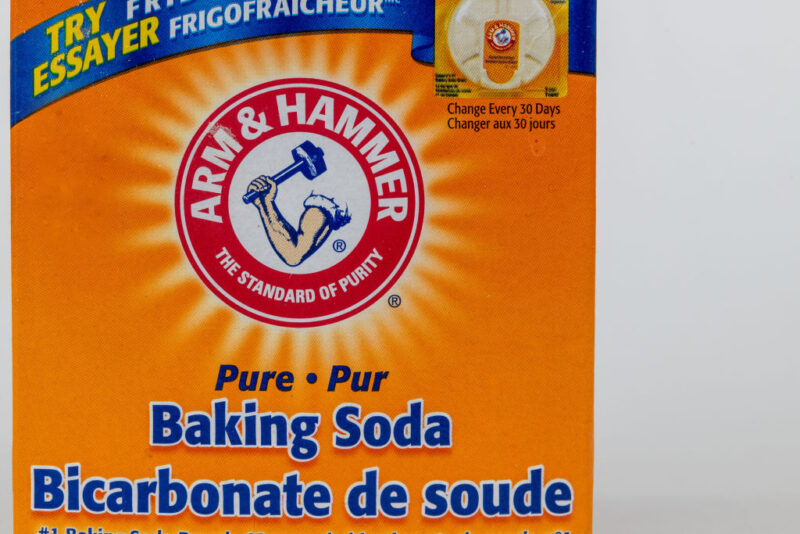
This at-home remedy is also a good aid for chicken pox-like rashes. Make a baking soda paste by mixing the powder with water, then apply it directly to the rash. It should give you some quick relief!
Oatmeal
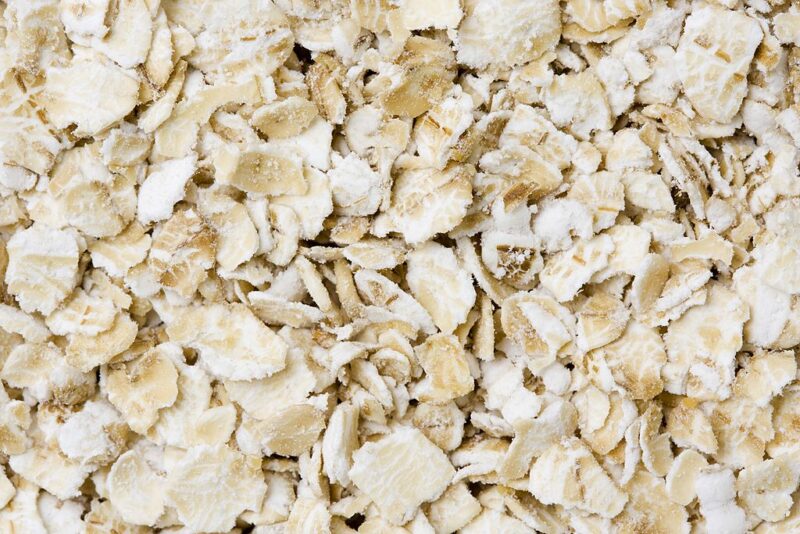
Oatmeal baths can help an array of skin irritations, including poison oak and ivy rashes. The thing to remember here is that you don’t want to just dump some oatmeal into a hot bath. That’ll do a number on your plumbing.
To get the benefits without letting it all go down the drain, you can place oatmeal in either cheesecloth or nylon, then tie it or use a rubber band to turn the fabric into a little bag. Once you’ve done this, run it under the hot water to create your oatmeal bath.
Please, keep in mind that, while the hot water is key to cooking the oatmeal, you don’t want to sit in a hot bath if you have a rash. The heat may give you a momentary reprieve from the itching, but it’ll irritate the rash and your skin.
Calamine lotion
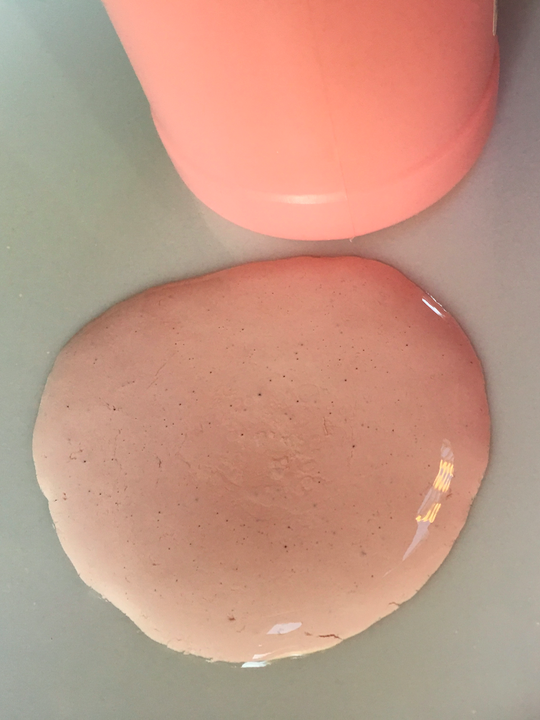
This classic remedy is still the go-to for many. You just dab the pink lotion on the rash with a cotton ball and wait until it dries. It’s intended to help reduce the amount of irritation you feel from the rash itself.
Lemon juice
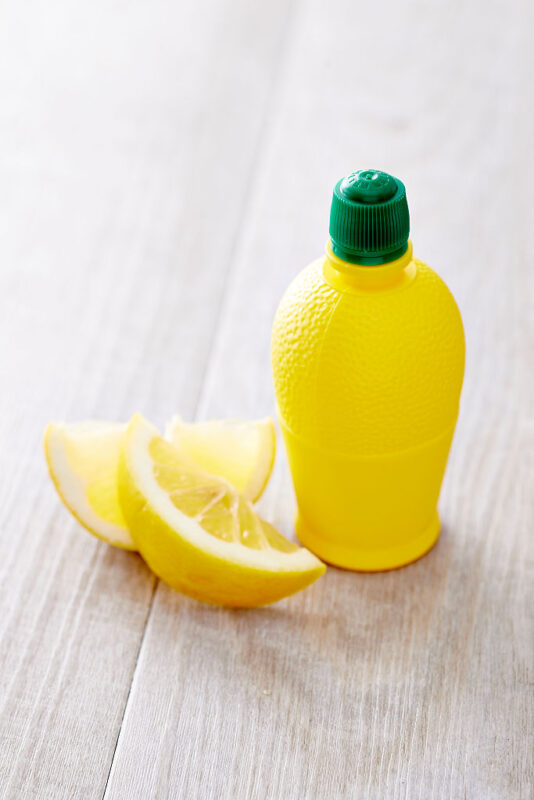
If you know you’ve brushed up against poison oak or ivy, applying lemon juice immediately after can get rid of the urushiol, the chemical that causes the rash, before it has a chance to get into your skin.
Cold compress

A cold compress from your freezer or first aid kit can calm a rash that’s become flared up and irritated. The cold will help relieve the itchiness while cooling off the reaction itself.
Coffee
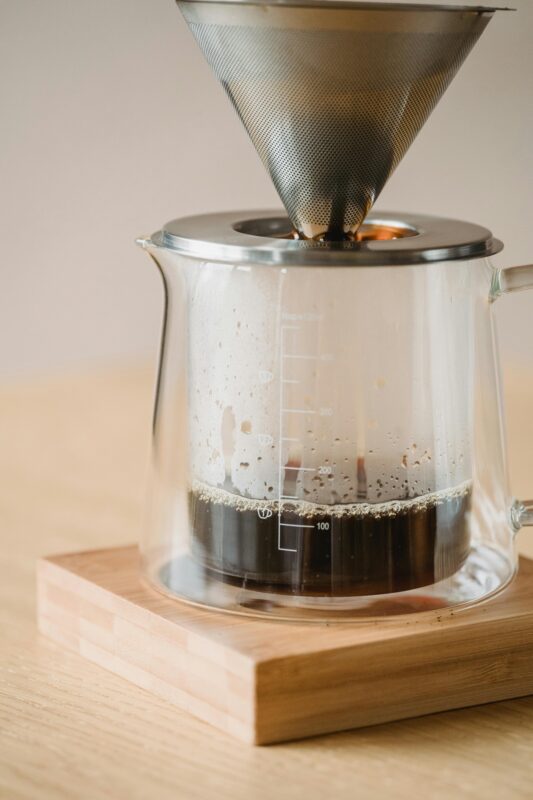
If you have some extra coffee from this morning still sitting in the pot, you can use it to help your poison oak or ivy rash. Coffee contains a natural acid that can reduce some of the symptoms you’re feeling from the rash itself.
However, don’t try this method while it’s still hot! Hot coffee won’t only run the risk of burning your skin, but it could also make your rash more irritated.
When it doubt…
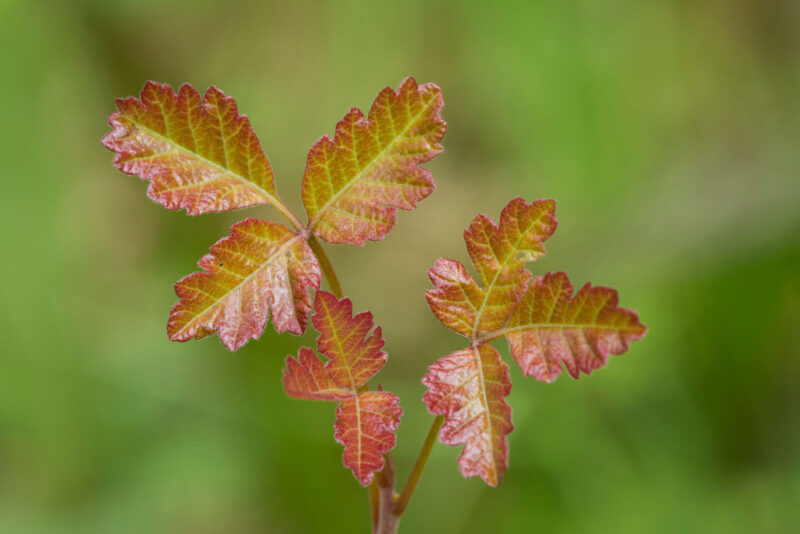
When in doubt, always consult your healthcare provider to receive professional treatment for poison ivy and/or oak exposure. Everyone reacts differently, and allergic reactions vary in severity. Keep in mind that the remedies listed won’t reduce the duration of the rash, which can last anywhere from a couple of days to a few weeks, depending on the person and the level of exposure.
You can prevent exposure by knowing where the plants grow and how they look. The old saying is, “Leaves of three, let it be.” Both poison ivy and oak grow in three-leaf patches, making it easy to spot if you know what to spot.
More from us: Don’t Panic! Here’s What to Do If You’re Bitten By a Tick
Poison ivy will turn red by the fall. Poison oak does, as well, but the leaves often have a bit of red in them when they’re growing in the spring. Another easy trick is that you can see the sheen of the oil on the leaves themselves, making them easier to pick out.





